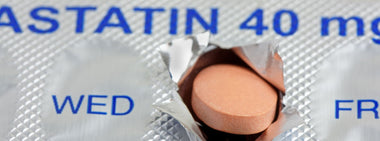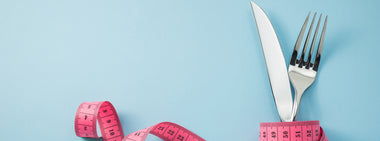If everything is so good for us why are we all so sick? Part 4

If you’ve been reading this four-part blog series, you’re probably ready to throw your arms up in frustration. Maneuvering the food landscape has never been more difficult. But that doesn’t mean you can’t succeed at making good decisions when grocery shopping.
In this final installment, we share how to avoid the traps and use the information on food packaging to your advantage. Here are the 10 things you can do to be a better food shopper:
1. Be Wary of Food Packaging Claims
Use these claims only as a starting point, not as a reason to purchase a product. Often, the louder the claims, the more skeptical you should be.
2. Prioritize Whole Foods
The healthiest items in the grocery store don’t need claims, ingredient lists, or nutrition panels. Stock up on fruits, vegetables, herbs, and leafy greens. They’re rich in fiber, antioxidants, vitamins, and micronutrients—and naturally sodium and cholesterol-free.
3. Keep Ingredient Lists Short
A shorter ingredient list often signals a better choice. Remember the example of KELLOGG’S® SPECIAL K® STRAWBERRY PROTEIN MEAL BAR from Part 2? A long list is usually a red flag for lower-quality food.
4. Recognize Real Foods in Ingredient Lists
Ensure the majority of ingredients are familiar and come from real food. The more it reads like a chemistry book, the less healthy it’s likely to be. Fortifications like added vitamins may sound good but can indicate a lack of natural nutrients.
5. Avoid Hydrogenated Ingredients
Check for “hydrogenated” or “partially hydrogenated” oils, which signal trans fats. These are detrimental to health, even if the label says “0 grams trans fat” (allowed if the amount is under 0.5 grams per serving).
6. Watch Out for Ingredient Grouping Tricks
Some manufacturers group ingredients into blends or coatings to hide added sugars or manipulate the order of ingredients. Be cautious if this feels like a marketing gimmick.
7. Monitor Sodium Levels
Aim for less than 2,300 mg/day of sodium—or 1,500 mg/day if you have high blood pressure. Use the nutrition panel but also check serving sizes carefully; they’re often unrealistic. Higher sodium content usually means lower overall food quality.
8. Focus on Whole-Food Fiber
Look for at least 5 grams of fiber per serving for a high-fiber food. However, check the ingredient list for fiber additives like inulin, chicory root, or maltodextrin. Fiber from whole foods offers more proven health benefits than these additives.
9. Skip High-Protein Claims
Most people already consume more protein than they need. Protein-enriched foods often include sweeteners and flavor enhancers, which can make them less health-promoting. Stick to natural sources like nuts, seeds, beans, fish, and high-quality meat or dairy.
10. Question Cheap Packaged Foods
Producing and placing packaged food in stores is expensive. If a product is unusually inexpensive, consider how much of its cost is going toward quality ingredients versus marketing and distribution.
Navigating the grocery store can be challenging, but these tips can help you make better choices. When you choose Step One Foods, you’re selecting products made from high-quality, whole food ingredients—far beyond what’s highlighted on a Nutrition Panel.
Ready to dive deeper into food labels? Check out Your Guide to Deciphering Food Labels for more tips and insights.
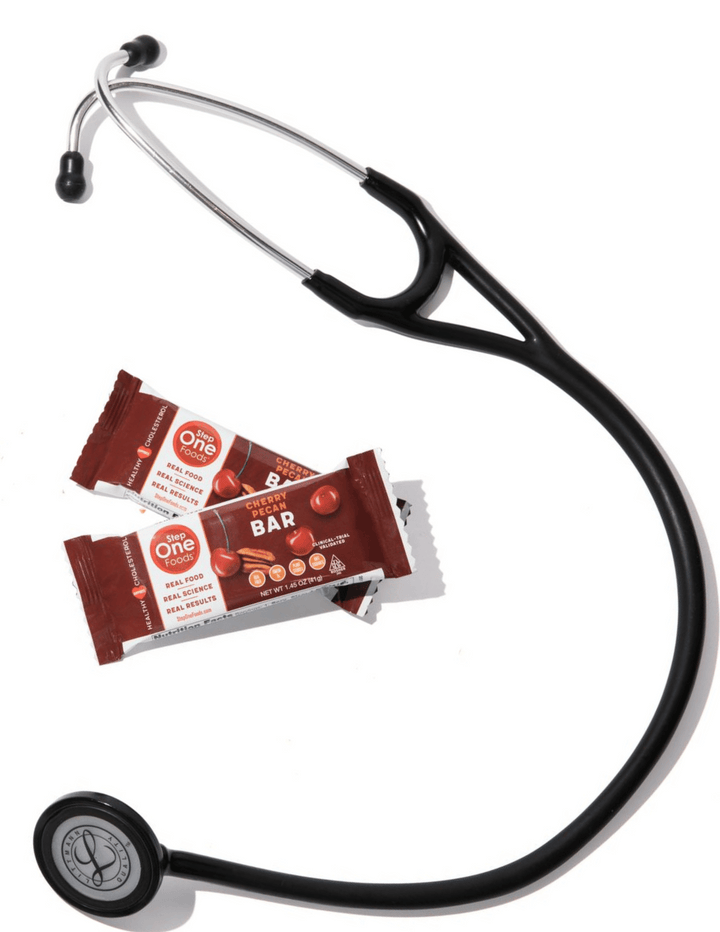
Tested & Proven Results.
- Cardiologist formulated
- Supported by over 500 publications
- Clinically-proven, in a double-blind randomized trial with Mayo Clinic and The University of Manitoba
80% of participants lowered their cholesterol in just 30 days. With just two servings per day, Step One Foods offers a proven-effective way to naturally lower LDL (bad) cholesterol.
Get heart health tips and articles like this, delivered right to your email.
New articles every week.
You may also like...
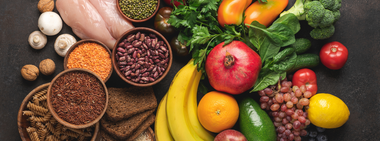
Insulin Resistance, Prediabetes and Type 2 Diabetes. Part 4: Un-Doing It.

Insulin Resistance, Prediabetes and Type 2 Diabetes. Part 3: Fat in All the Wrong Places
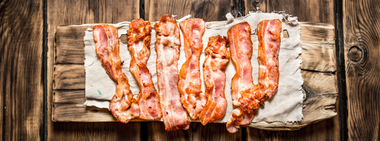
You don’t need to avoid foods with cholesterol…except for these
